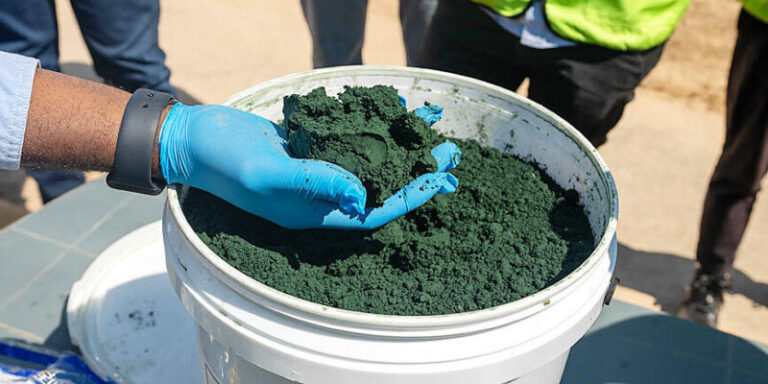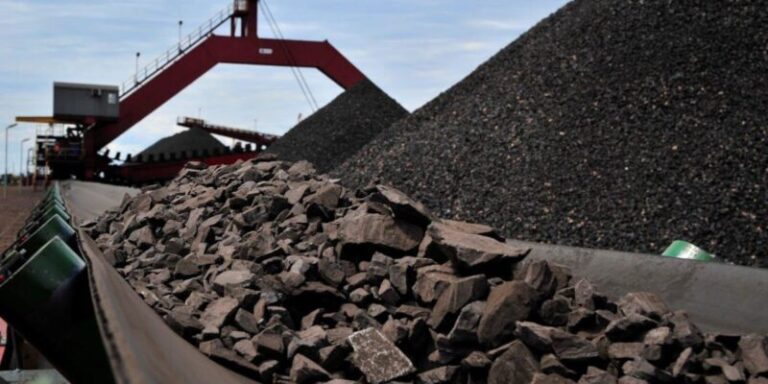
Pilbara Minerals’ Pilgangoora mine has dethroned Greenbushes to become the largest hard-rock lithium mine in the world.
Located in Western Australia, the Pilgangoora lithium mine is 100 per cent owned by Pilbara Minerals.
The company recently completed its financial year 2023 drilling program, with the findings bumping the mineral resource by 109,000 tonnes, or a 36 per cent increase, to the total measured resource.
A total of 82 per cent of the mineral resource is considered measured and indicated.
This puts the total resource tonnage of Pilgangoora ahead of Greenbushes, which is jointly owned by Tianqi Ltihium and Albemarle. However, the Greenbushes resource boasts a higher lithium oxide grade.
“This significant resource upgrade reinforces our 100 per cent owned Pilgangoora operation as one of the largest hard rock lithium deposits globally,” Pilbara Minerals managing director and chief executive officer Dale Henderson said.
“The upgraded mineral resource is consistent with our strategy to grow our operating base and therefore maximise value by achieving the full potential from our world class operation.
“We have added 109,000 tonnes of additional mineral resource at a direct exploration cost of only 13 cents per tonne of additional resource – an outstanding result.”
The lithium giant has its sights set on mid-stream lithium production. Just last week, The company board gave the green light for the Pilbara and Calix joint venture to construct a plant to explore the possibility of producing mid-stream lithium phosphate.
“Following further studies and pilot test work, we are delighted to be taking the next step in our mid-stream strategy with the construction and operation of a mid-stream demonstration plant with our JV partner Calix,” Henderson said at the time.
Henderson said the company is looking forward to the years ahead with the plant and upgraded mineral resource.
“We are looking forward to completing an updated ore reserve this quarter that will underpin operations for many years to come and may provide an opportunity to further expand production capacity beyond P1000,” he said.







